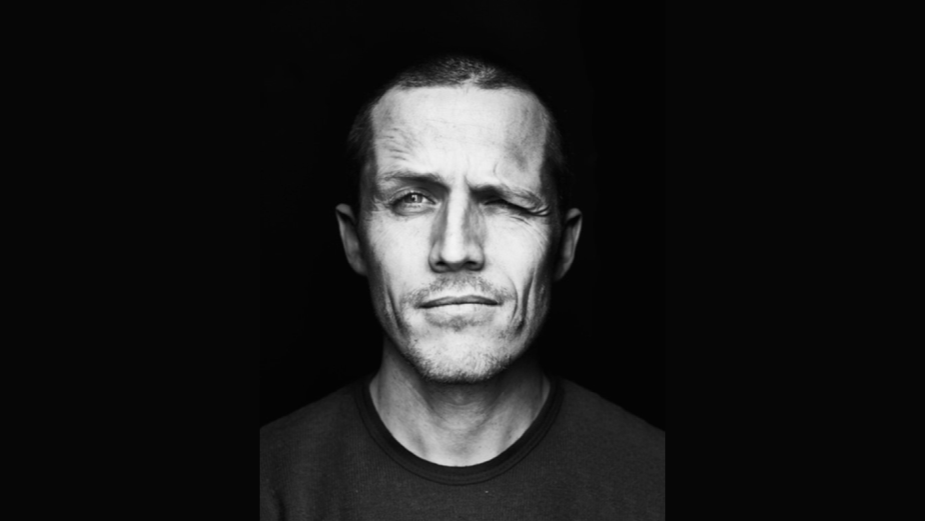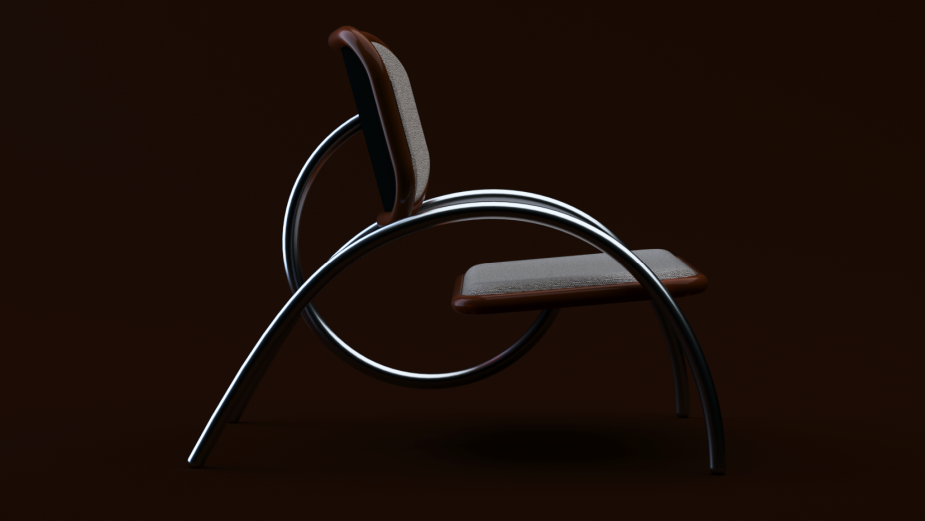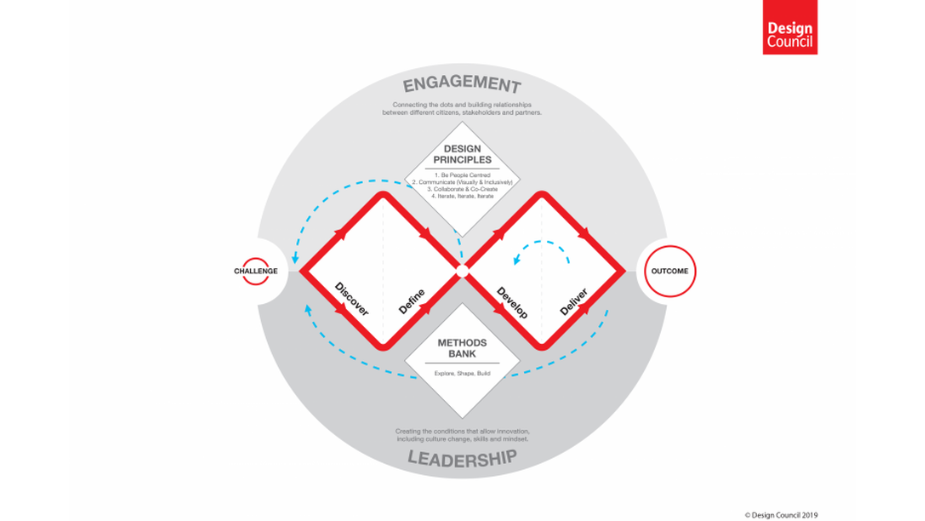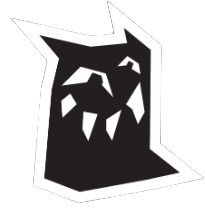
Creativity Squared: Bastien Baumann on the Importance of Iteration

Bastien Baumann, originally from Aix en Provence, France started out as a designer in Paris, working with clients such as Givenchy, Chanel, Dom Perignon, Cartier and Rolex. In 2010, he became an art director at Ogilvy Paris and guided the digital artistic direction for Louis Vuitton and Hermes. By the end of 2014, he was senior art director at the studio overseeing 10 designers and helping to win new clients such as Babolat, JPMorgan, IBM and Vittel.
He then moved to New York to build a design department inside Ogilvy and serve as a creative director on clients like Tiffany, Coca-Cola and the United Nations. After three years, the department houses more than 20 creative technologists, UX/UI experts and designers. His major client wins there included: Samsung, Fila, IBM, Rolex and the Lincoln Center. In 2020, he joined the Publicis Groupe to serve as chief design officer and started Le Truc, a creative collective inside the Groupe. Over the course of his career, he has won multiple awards including five D&AD Yellow Pencils and three Grand Prix at Cannes Lions.
Person
People who know me best have said I’m a ‘non-linear thinker’, ‘wired differently’, ‘curious with nerd tendencies’, ‘special kind of intelligence’, ‘that’s one way to think about it’, ‘ridiculous’ creative-type. I tend to thrive in chaos, and like to push open-mindedness to absurd places. I’m grateful for the patience of the kind souls that work with me and allow me to bounce ideas off them and experiment with creativity.
I have been very interested in the intersection of AI and art – and I’m realising that my brain works in a similar way. I use a combination of serendipity and common sense to find meaning, often in a non-linear way.
At work, all of my energy and dedication goes into developing creative ideas for the brands I’m working with – translating their values to consumers in new and unexpected ways. On a personal level, I tend to use creativity as a means to express parts of myself that I don’t fully comprehend yet, whether that is through music, sketching, writing, design or otherwise. My latest creative endeavour has taken shape in the form of designing and building furniture, including a chair I recently completed.
Ultimately, I think creativity is rooted in the art of making connections, which is something everyone can do.

Product
When I’m evaluating work, I typically trust common sense and critical thinking, and the work’s capacity to surprise someone and to be memorable in the long term. A piece of work that comes to mind is Mondino’s Dior ‘J’adore’ with Charlize Theron. It’s not ultra-creative, but despite that, it’s very memorable. Over the years I’ve learned how to check my own creative notions, processes, and ideas to see if they truly are great - or just my own internal bullshit.
We have more platforms and new technologies at our fingertips than ever before to help bring ideas forth and build brands in new ways. The problem is that it’s a bit like science nowadays, you need to be an expert in a very niche field if you really want to know what you can do with these tools and technologies. That’s why we experiment a lot at Le Truc.
Looking at successful brands today, I admire the unique ways that brands interact with culture beyond just a cool collab. I still think the advertising industry is using ‘creativity’ as a buzzword and the miracle ingredient in a secret sauce. Creativity should be used as a tool to translate the values of a brand to consumers to see if they identify with it or not. For example, if I tell you, ‘We’re an authentic brand’, it doesn’t really help. But if I show you a picture, tell you a story, build an experience, use the right community and give you an inspiring line about authenticity, it’s easier for people to resonate with this value (or not).
Process
I’m a big fan of the British Design Council’s ‘double diamond’ process. We are currently building the future Le Truc Office space around that model. You first understand the problem you’re trying to solve, feed yourself with inspirations, then make connections and deliver them back into the work.
My usual go-to's are standard news platforms like Google News, Medium, Vice, Bloomberg, etc. I save a lot of things on Pinterest and Instagram, but I also have a folding phone with a pen that I use a lot as a notebook where I’ll note, refine or sketches ideas. I’ve been playing a lot with AI lately and using it as a tool to develop ideas - but to be honest, most of my good ideas come from a walk in a park, a shower or an hour in a plane.
I try to keep track of four or five projects constantly in my head when going about my day – that’s probably why people think I’m always distracted.

Press
My grandfather was a painter, I used to sit in his atelier for hours in France, staring at the way he could think abstractly about his paintings.
The People, the fun and the work are equally important to me. I also think that stress actually helps me now that I know how to manage it better, I tend to prefer chaos in my head and not around me, and I like to use the latest tools available to experiment.
At Le Truc, we believe we can do serious work while still having fun. This is very important to me because I’m more creative when I’m having fun. My advice to others would be to iterate and fail more - the experience is worth it. Don’t overthink it. Iterating is the most important thing.
I think many can learn from our model - we hand-pick creative talent who will collaborate best with other members of Publicis Groupe on any given project. We want the creative talent to make sense of Le Truc, and not for Le Truc to make sense of them. We start from the problem we’re trying to solve - a shape-shifting entity that can morph into a solution for any challenge. It’s a bit of an enigma, because we’re not an agency. We’re a thing.













